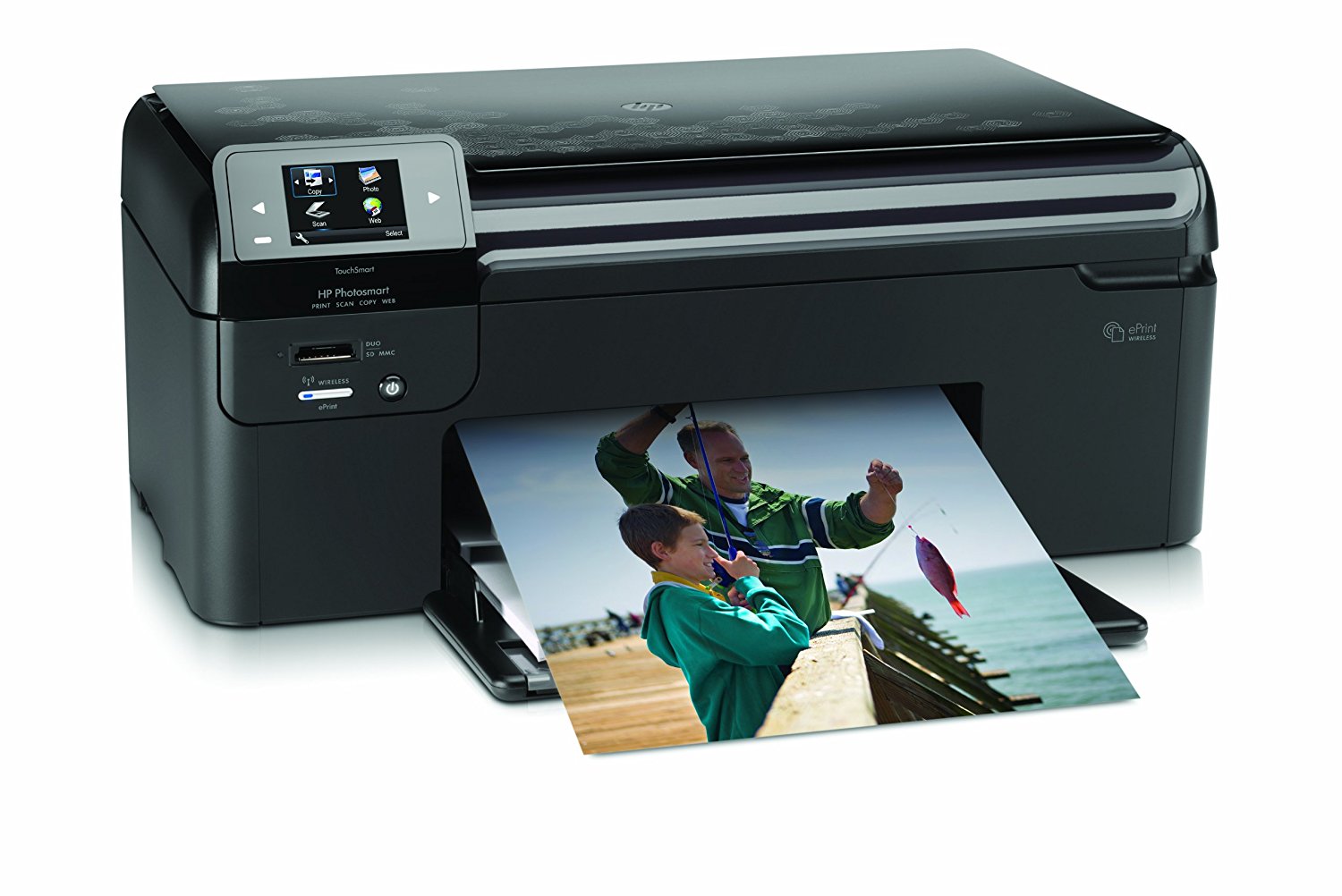

Just as in optical imaging, where compiling 2D images into a stack creates a 3D dataset compiling 2D slices into the final printed object creates a 3D part. The creation of the models, discussed here, highlight similarities that can be applied to create models from many microscopy techniques including electron microscopy and other optical modalities.ģD printing is similar to 3D optical imaging techniques in several ways. Here we describe 3D printing from optical imaging methods, such as confocal microscopy and multiphoton microscopy. Most 3D printing of biomedical images to date has utilized clinical imaging methods such as computed tomography (CT), positron emission tomography (PET), magnetic resonance imaging (MRI) and 3D ultrasound. For these reasons, these models are also extremely effective teaching tools to help students understand complex 3D biological phenomena, such as membrane architecture and dynamics. These models can prove especially useful in fields where concepts are often difficult to spatially comprehend from a two-dimension (2D) image. Physical 3D models are useful as they allow researchers to hold and feel a structure that they might otherwise only be able to see on a computer screen. Aiding both research and education, 3D printing can be used to create physical models from biomedical imaging data.

Conclusionsįollowing these approaches, one can easily make 3D printed models from 3D microscopy datasets utilizing off the shelf commercially available software and hardware.Īlthough 3D printing is now widely used for medical applications, there are lesser-known biomedical applications, including the manufacturing of complex parts for research, such as microfluidic components, and for education. Despite the differences in their creation, these examples follow a simple common workflow that is also detailed. This includes the imaging modality used to capture the raw data, the software used to create any computer models and the 3D printing tools used to create each model.

ResultsĮach model is presented in detail. Different methods of fabrication and imaging techniques were used in each case. Presented here are three physical models that were fabricated from three different 3D microscopy datasets. One emerging, and unreported, application for 3D printing is to aid in the visualization of 3D imaging data by creating physical models of select structures of interest. It is also a technique that is becoming increasingly accessible, as the price of the necessary tools and supplies decline. Three-dimensional (3D) printing has become a useful method of fabrication for many clinical applications.


 0 kommentar(er)
0 kommentar(er)
